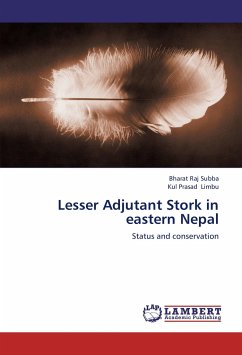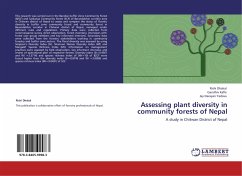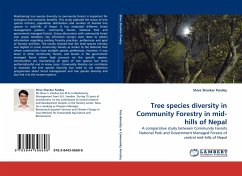The declining population of threatened Lesser Adjutant Stork has been a crucial subject to be thought seriously for its protection. On the basis of its declining population this stork has been listed in the vulnerable categories of IUCN. The point count method such as direct count, nest search and roosting count were done in Sunsari and Morang Districts. Habitat analysis, tree architecture, nesting ecology, breeding success and threat analysis were also studied. 57 nests were found. Total population was found to be 220; 67 in Sunsari District and 153 in Morang District. For public awareness; schools, community forest offices and villages of wetland vicinity were visited and knowledge was disseminated to students, teachers and public.
Bitte wählen Sie Ihr Anliegen aus.
Rechnungen
Retourenschein anfordern
Bestellstatus
Storno








